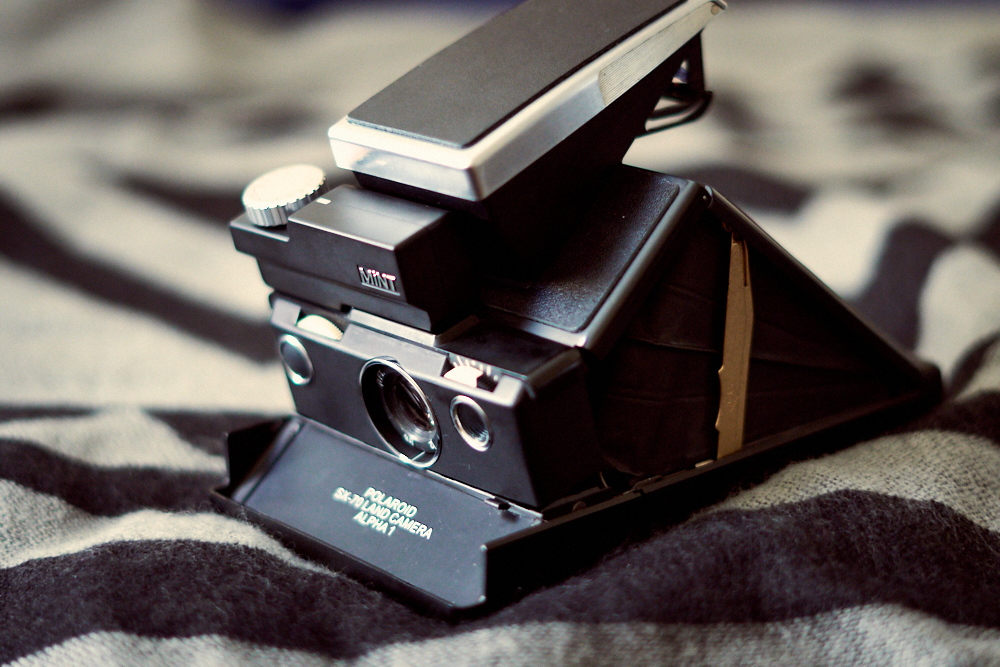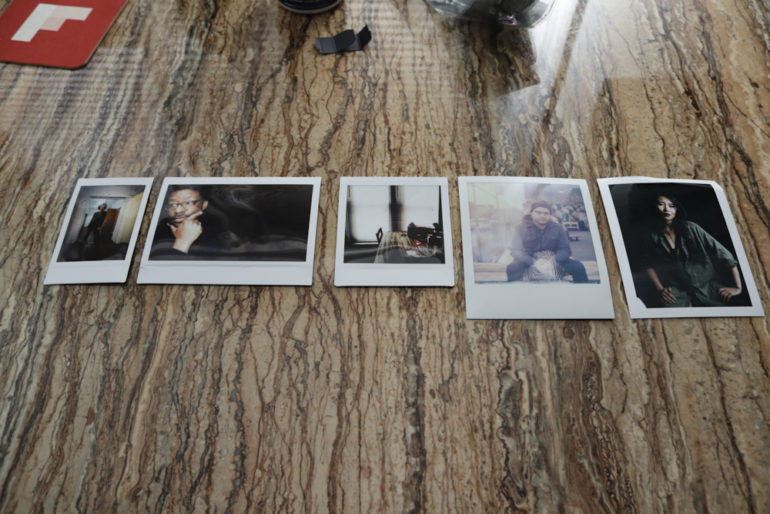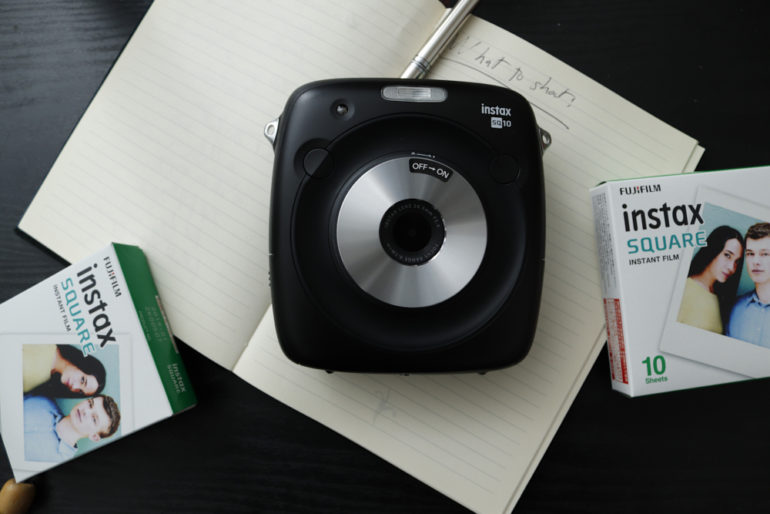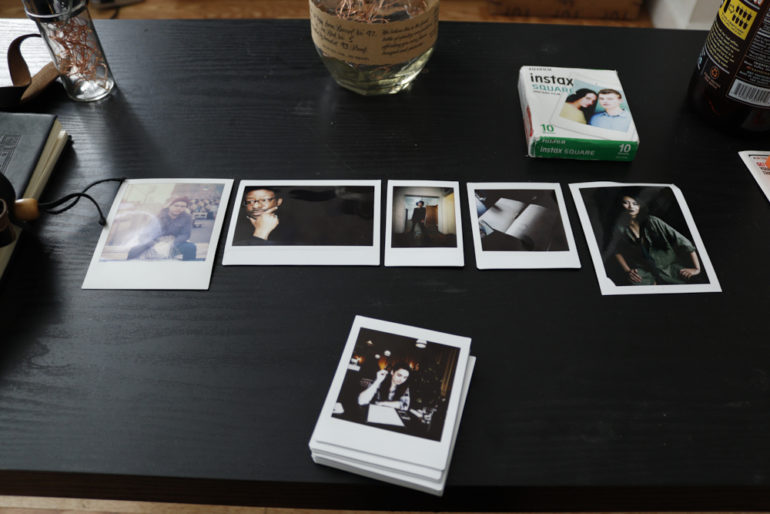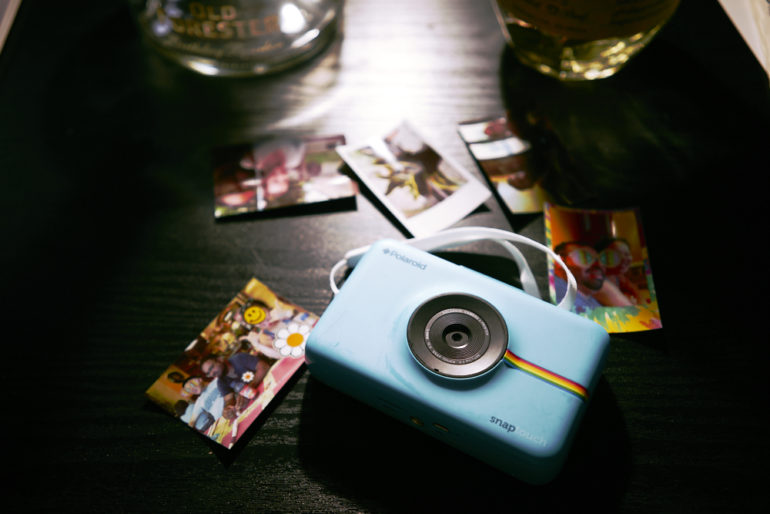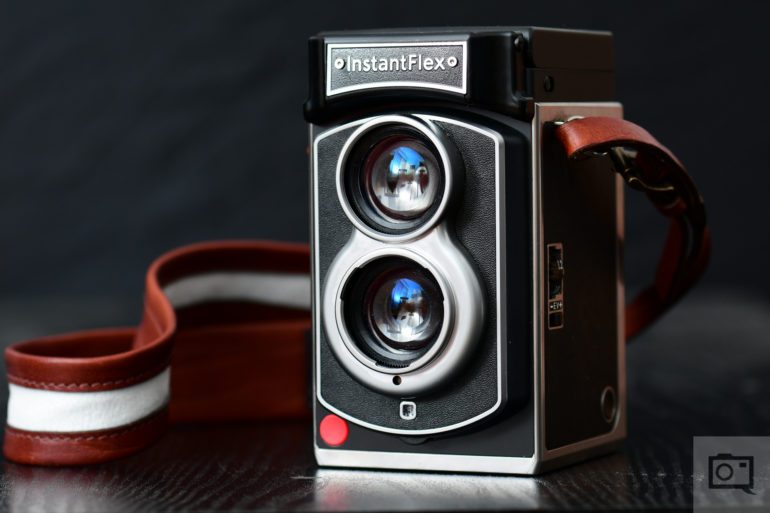Last Updated on 09/01/2017 by Chris Gampat
When you think about instant film cameras, folks often say Polaroids, Instax, etc. But the truth is that not a lot of people truthfully know the difference between all the various options from manufacturers. Why? Unfortunately, there isn’t a whole lot of it coming from the mainstream press. Many people just don’t understand Instant film–for years folks used it for fun and just to see what the images would look like when they got back to shooting their negative films.
So to help everyone out, here’s what you need to know.
What Brands Make Instant Film Cameras?
Let’s take a look at the brands out there:
- Mint Camera
- Lomography
- Polaroid
- Fujifilm
- Leica
- Impossible Project
Now, those of us who know better know that one of those brands doesn’t really make instant film cameras. Can you take a guess? Fujifilm manufactures their own brand of Instant film called Instax. It’s available in Square, Mini and Wide (at the moment). But they also make their own cameras. So let’s rule Fujifilm out of this.
Leica makes their own Instax camera as well. It uses the same film Fujifilm produces.
Lomography: same thing. In fact, they’ve got a whole lineup of various instant film camera offerings on the market.
The Impossible Project is the child of a company that bought all of Polaroid’s machinery to figure out how to make the film when Polaroid shut down their factories years ago. So they make a whole lot of different formats for many vintage Polaroid cameras and even those that can be used in the newer cameras that have come out recently. Impossible Project film is different from Fujifilm’s and it won’t work in their cameras. In a way, they’re the true successor to Polaroid.
Mint Camera makes fantastic cameras that take both Impossible Project’s film and Fujifilm’s films.
So that leaves us with one company: you guessed it. Polaroid. Polaroid doesn’t make instant film anymore. Instead, they make a digital camera that prints out small little prints on a paper called zInk. It’s got the dye in it already. But Fujifilm and Impossible Project use actual film. You can cut an Impossible Project image open and find the negative. Yup, that also means that there is a full chemical process that happens while making the image. Each film print is sort of like a darkroom experience in every shot. Polaroid indeed does not do instant film. End of question.
And then there’s New55–they only do large format stuff.
Different Instant Film Formats
I’m fairly certain that the previous section may have confused a whole lot of you. So let me put it all out there. There are two major manufacturers of instant film these days: Fujifilm and the Impossible Project. Fujifilm makes Fujifilm Instax which falls under three subcategories: Fujifilm Instax Mini, Fujifilm Instax Wide, Fujifilm Instax Square. With the Mini film there are color and black and white variants. Instax Mini is business card sized film while Wide is larger though arguably less popular due to its size, and Instax Square is the latest hit.
Then there is the Impossible Project: the makers of film for old Polaroid cameras and new cameras that have been made in the past few years. They make Spectra film, 600 series film, SX-70, 8×10 film, and what they’re calling I-1 film which is essentially the 600 series film but without a battery built into the film cassette.
Polaroid, again, isn’t making film. But instead what they make are these little zInk packets. They’re paper and the camera has a printer built into it.
The Vintage Cameras Don’t Always Work Flawlessly
Before you go on, know that I’ve got a whole other Guide to Instant Film Cameras that I’m going to tell you to check out. But essentially if you want a vintage Polaroid camera of some sort, there are bound to be problems. Sometimes, people left the batteries inside which over the years exploded, corroded and leaked all over the inside. So those cameras end up not working at all. Otherwise they need modifications done. But I recommend always buying in person and testing various things about the cameras.
Then there are can be other problems like the lenses or shutters not working. But one of the bigger ones has to do with focusing. Those cameras focused with a system called bellows. They look sort of like an accordion and what happens over time is that they corrode and light/dust starts to leak in. That can screw up your entire image. So you’ll need to check those out by bringing a dedicated flashlight (not your phone because you need something smaller and more high powered) and seeing if light leaks into the bellows by shining the light on the bellows, opening up the back of the camera and seeing what light seeps through.
How Instant Film Works
So before I do this, I again want to harp on Polaroid: not the Impossible Project. Polaroid zInk works by basically just being paper that is printed upon. That’s it.
Instax and Impossible Project film, however, are actual film development. When you shoot an image there is a chemical process and a little darkroom inside each pack. With Instax film, the emulsion is more stable and accurate. With Impossible, the emulsion is a bit less stable and the image needs to be shielded from daylight for a while to ensure the best processing. So basically putting it in your pocket helps a lot. With that said, Instant film also needs a warm environment to work best in. Instant film from both Fujifilm and Impossible work best in temperatures above 55 degrees Fahrenheit.
Why Doesn’t Instant Film Work in the Cold?
This is a pretty simple question to answer: basically think about it like other liquids. Liquids are used to develop the images, so what happens when liquid gets too cold? It becomes a solid and can’t really react with anything else. But when it’s warmed up, then it’s ready to make magic happen.
That’s it. Nothing more.
How to Get Better Image Quality
This is the really tricky question to have answered: image quality. Most instant film cameras have plastic lenses. The only way to get better quality is to go after the cameras with glass lenses. Lomography, Impossible Project and Mint camera are the only brands who have cameras that can do this. But I’ll get to more on that later on.
Storage of Instant Film Prints and Instant Film
If you’re using Fujifilm Instax film, then you can store your prints however you’d like. They don’t really fade and the quality stays the same. I’d personally use sticky tack to hang them up vs pins. I’d also otherwise keep them in a box. Impossible film needs to be shielded from daylight at the moment because otherwise you’ll get fades. In the case of their black and white film, you’ll get the images turning sepia after about a year.
My Favorite Instant Film Cameras
Lomography Lomo’Instant Automat Glass: This camera has a glass lens and offers some of the best Instax image quality out there.
Lomography Lomo’Instant Wide: This camera is great for the studio. But it doesn’t have a glass lens.
Lomography Diana F+: The Diana F+ has an optional Instant back that can be very fun. Plus the Diana can use glass lenses. There’s a bit of manual control too.
Mint Camera TL70 2.0: This is a TLR style camera with beautiful action to it. It isn’t as sharp as the Automat Glass, but it is still sharp and uses glass optics in the lens.
Mint Camera SLR670: When using this modernized SX-70 with what’s called the Time Machine, you can get manual control over your photos. This camera uses Impossible Project Film.
Impossible Project I-1: When using Bluetooth and the mobile phone app, you can have full manual control over this camera.
Leica SOFORT/Fujifilm Instax Mini 90: Double exposures on these things are fun. Plus they looks nice.


